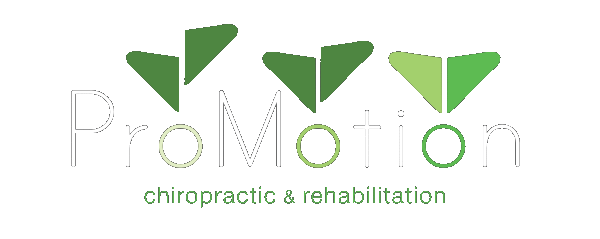So often I have patients come in with neck pain, headaches, or lower back pain who exhibit something I call “paradoxical breathing”. Paradoxical breathing is characterized by inward motion of the abdomen with expansion of the chest and rib cage. This type of breathing utilizes “accessory muscles of respiration”, including intercostal muscles (those in between the ribs) and muscle of the neck, while excluding the diaphragm. There is a significant correlation between low back pain and dysfunctional breathing patterns.
The reasoning for this is that the diaphragm plays an important role in trunk stability and postural control. When someone exhibits paradoxical breathing, the diaphragm doesn’t descend (contract) like it should and instead rib expansion and lifting is used for inspiration. By constantly using accessory muscles for inspiration, those muscles start to have increased resting tone which can be perceived as neck pain and tension. In contrast, the diaphragm becomes weak and inactive.
There is a significant “co-contraction” between the diaphragm, the transversus abdominus, the lumbar multifidi, and the muscles of the pelvic floor which stabilizes the spine during movement (1). It has also been found that this co-contraction significantly reduces stresses on the spine by as much as 50% (50% in the upper lumbar spine and 30% in the lower lumbar spine) and reduces the loads experienced by the muscles of the low back by as much as 50% (2). When one of these muscles is injured or weak the co-contraction fails to reduce stress to the lumbar spine and musculature and can lead to injury and pain.
The good news is that the diaphragm can be trained and by practice and training the function can be restored and trunk stability increased. Breathing mechanics should always be assessed when treating patients with lower back pain and included with a specific core stability treatment plan when appropriate.
1. Nele Beeckmans et al., “The presence of respiratory disorders in individuals with low back pain: A systematic review”, Manual Therapy, 2016, Vol 26, page 77–86.
2. The Effects of Deep Abdominal Muscle Strengthening Exercises on Respiratory Function and Lumbar Stability. Eunyoung Kim, PhD, PT1 and Hanyong Lee, PhD2

